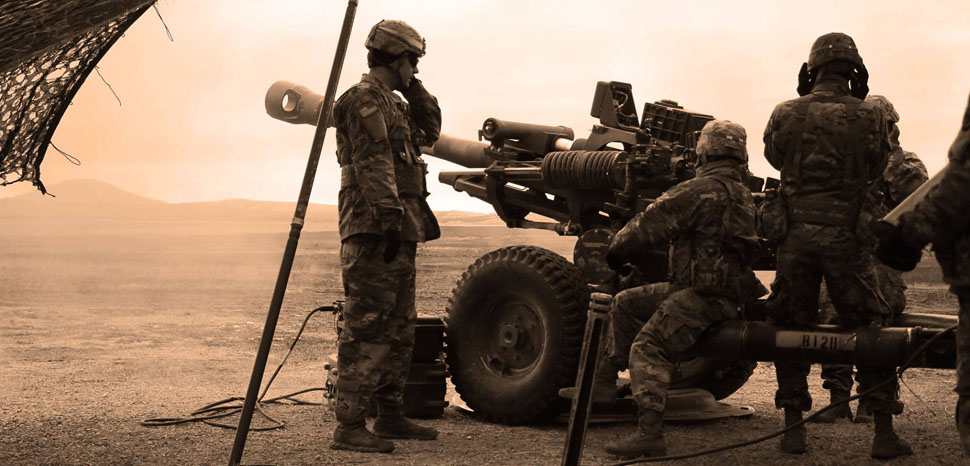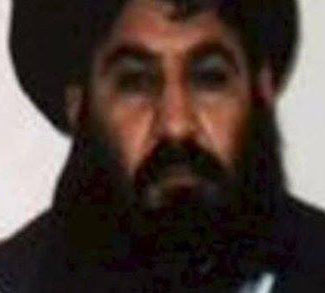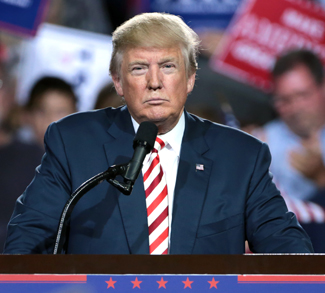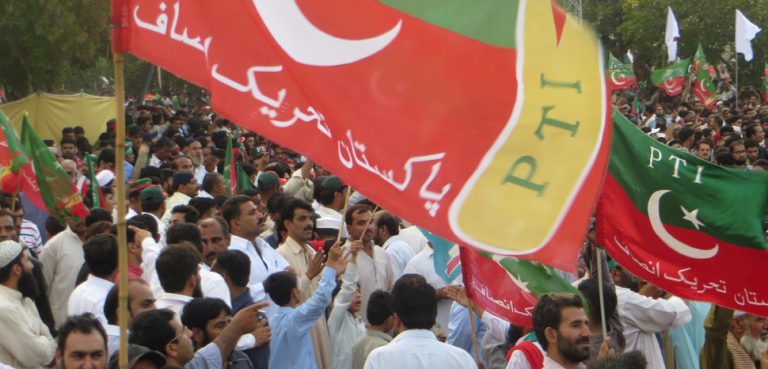Summary
President Donald Trump announced this week that his administration would reject talks with the Afghan Taliban, a decision that commits the United States to pressuring the Islamist movement on the battlefield through the first phase of the Trump presidency. The US president’s comments came after a spate of attacks by the Taliban targeted foreigners and civilians in the capital Kabul. In the most deadly recent attack, the Taliban claimed responsibility for a suicide bombing that killed over 120 people, which involved an explosives-laden ambulance destroying dozens of buildings and vehicles in a secure area. The U.S. has blamed the Pakistan-backed Haqqani network, a Taliban affiliate with a reputation for ruthlessness, for the plot. Washington and Kabul have long accused Islamabad of offering the Afghan Taliban and its affiliates a safe haven from which to plot such attacks. Pakistan-US ties have deteriorated under President Trump, who cut off US military aid to Pakistan over its alleged harboring of terrorist groups. Pakistan in turn accuses the U.S. and Afghanistan of not doing enough to eliminate safe havens for the Pakistani Taliban in eastern Afghanistan.
Impact
The BBC discovers a pervasive, country-wide footprint for the Taliban. This month, a BBC study confirmed what many observers already knew: since the withdrawal of most international combat troops at the end of 2014, the Afghan government and its security forces have been unable to prevent the Taliban insurgency from expanding its presence across the country. The BBC found that just 122 district areas (just over 30 percent of the country) did not have an open Taliban presence from August-November 2017.
These districts with no open presence were not necessarily free of conflict; Islamic State has been making slow and steady gains in the country, and a multitude of other militant outfits have been disrupting government services and spreading misery among the civilian population.
The study found that the Taliban holds about 4 percent of Afghanistan’s territory, but maintains an active and open physical presence in all of the country’s remaining 263 districts (about 66 percent of the country). This second number is the one that merits closer consideration, since the Afghan Taliban’s modus operandi has never been to hold on to territory ala Islamic State in Iraq and Syria. Rather, the militant group’s presence has ebbed and flowed as required in its wider campaign to deny the government legitimacy and win new followers. A permanent presence is also not required to carry out the tax-collecting that funds the Taliban; tax collectors may come sporadically, but the local workers and businesses being targeted tend to comply out of fear of reprisals if and when their area falls to Taliban control.
Trump opts to turns the screw on Pakistan rather than negotiate. Meanwhile, the latest UN figures available show that over 8,500 Afghan civilians were killed or injured in the fighting during the first three quarters of 2017. In response to President Trump’s order to increase US troops, air strikes, and other assistance to Afghan forces last year, the Taliban has now carried out a string of brazen attacks to highlight that Trump’s “policy of aggression” will not work. But the U.S. says that its policy will remain “firmly military” until it convinces the Taliban, or significant elements of it, that there is no military solution to the Afghan civil war. The Afghan government’s spy chief has visited Pakistan to share information of what Kabul claims is documentary evidence and phone tap records linking individuals and groups based in Pakistan with the recent attacks on the Afghan capital. This is unlikely to change any minds within the Pakistani establishment, but will help build Afghanistan’s case internationally, and further the idea that Pakistan is backing terrorist groups. As the diplomatic situation contains to deteriorate, the possibility of unilateral US airstrikes on the Pakistan side of the Afghan border cannot be ruled out.
US-Pakistan ties weathering the storm so far. Despite fiery statements made by political leaders in both countries, the growing hostility between Islamabad and Washington has so far not been reflected in any general freeze in relations. US and Pakistani officials continue to meet and cooperate at all levels of government, despite the suspension of $1.1bn in US aid by President Trump in January. Nor do South Asia analysts think that there will be any change in Pakistan’s policy of covertly backing militant groups backing like the Haqqani network or the Afghan Taliban because of the aid halt. Pakistan’s foreign policy is still being controlled by the country’s powerful military, which has ruled the South Asia nation directly for approximately half of its 71-year history since independence. The Pakistani military, or elements of it, still sees great utility in maintaining close relations between itself and the Afghan Taliban (and their militant allies), because these groups are fiercely anti-India.
Forecast
With cities becoming the new global battlefields between modern militaries and irregular combatants in the low intensity but protracted civil wars of the 21st century, the Taliban-led insurgency will continue to target Kabul and other urban areas in 2018. Since the end of World War II, most global civil wars like Afghanistan’s have ended in 7-12 years; but foreign intervention tends to prolong the fighting, and Afghanistan has had US, Russian, Indian, Pakistani and a Chinese intervention since fighting first broke out there in 1978. Moreover, only a military victory (unlikely as that seems after 17 years since the US intervention in Afghanistan) or a negotiated peace can end the violence there. Since both sides believe that a military victory is possible (President Trump having changed his mind about the issue since his election) and the Taliban see themselves as the rightful government of Afghanistan in any case, further conflict during the remainder of Trump’s first term is inevitable. The Taliban still continue to hope that if they can just wait the U.S. out until a president is elected who has announced that he (or she) will pull U.S. combat troops out, then they will be able to repeat their triumphant 1996 march into Kabul.




